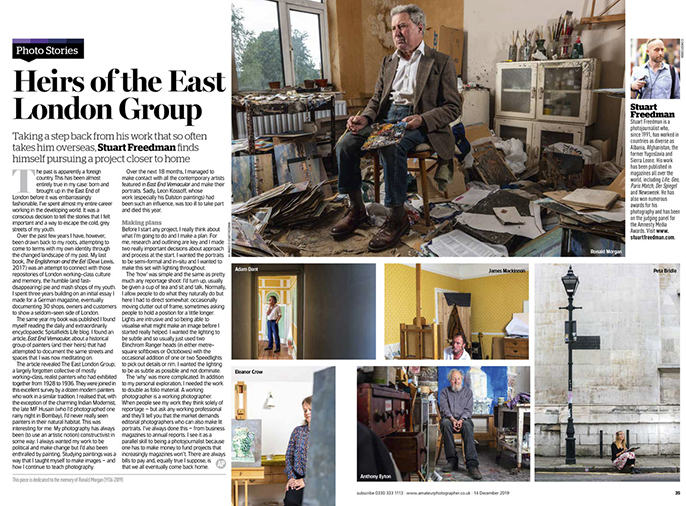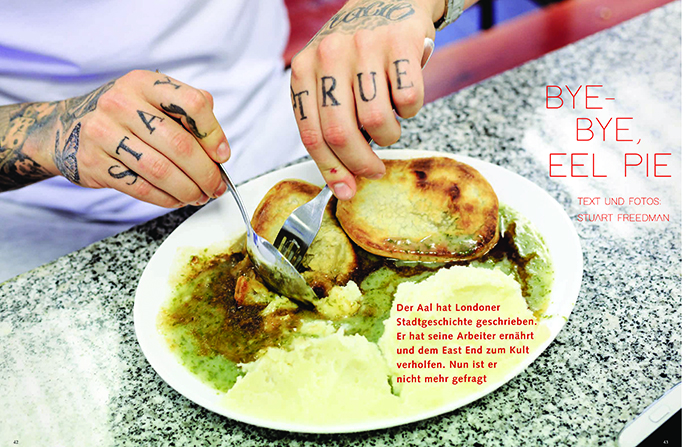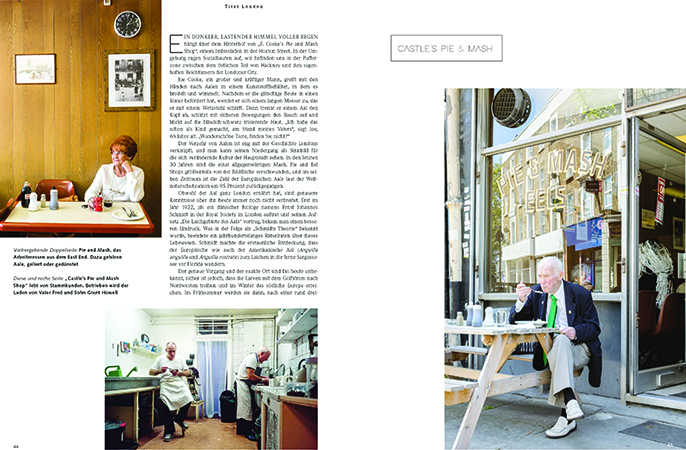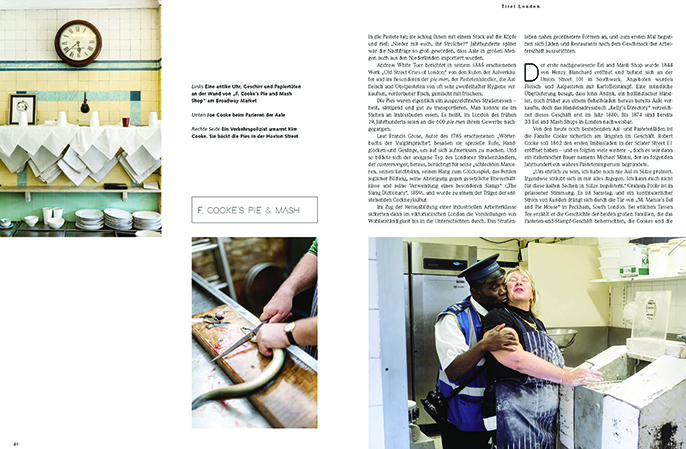When I was a boy, I used to walk the ‘Lane with my father on a Sunday. We’d sometimes see men selling the National Front’s rag on the corner of Bethnal Green Road beneath a tatty Union flag. This was the 1970s: a troubled time where the certainties of the post-war settlement were under threat. This was the time of Rock Against Racism and the murder of Blair Peach, where racism, nationalism and bigotry were presented in some quarters as appealing and even respectable. How times don’t change.
But each generation remembers its own battles. In the ‘90s I became a photographer, and, for a very short time, I started to make images of the ‘Lane and inevitably saw the same men selling the same newspapers under the same tatty flag.
In 1996 I made a set of portraits and interviews for the Independent on Sunday Magazine of the veterans of the International Brigades who had fought fascists in Spain some sixty years before. Many had to go and fight the same battles again across the world in 1939. A few talked about the resurgence of fascism after the war and how, when interned Blackshirts were released from prison they started to organise, prompting a far-right revival.
It was then I read Maurice Beckman’s book about the 43 Group – a historically significant but largely forgotten organisation of mostly (but not exclusively) Jewish ex-servicemen (and some extraordinarily brave women) who had returned from the horrors of war only to find fascism again on their own doorstep. I read how they resolved to fight back; to physically oppose the menace; to meet violence with violence to protect their communities. And how they had done so against the wishes of their elders and representatives.
My father lived in a poor, bomb-damaged street in Stoke Newington and, as a young man in 1947 had seen the savage violence of the long-forgotten battles of Dalston and Ridley Road. Battles unremembered but perhaps no less significant than Cable Street. I’d resolved to find those men that had stood up to a new generation of Mosley’s thugs and record them for posterity. But I never did; I spent the next two decades working and living across the world as a photo-reporter. I forgot.
Last year, I read Daniel Sonabend’s wonderful, forensic and compelling new history of the 43 Group, ‘We Fight Fascists: The 43 Group and Their Forgotten Battle for Post-war Britain’ (Verso, 2019) and I knew that I needed to make these images to remember before it was too late.
By the turn of this year, there were only six of the original members left. I photographed them just before lockdown and, last weekend, the Observer Newspaper ran the pictures as a tribute to their courage.
Tragically, Maurice Podro passed away a week before the photographs were first published and so these images are shown in his memory.
We forget at our cost.
(This text appears on the Spitalfields Life blog.)
Here’s the tearsheet from the Observer piece that can be found here.








